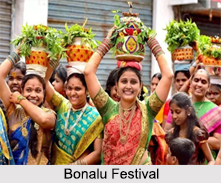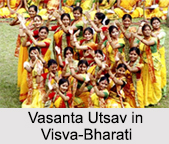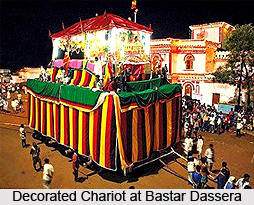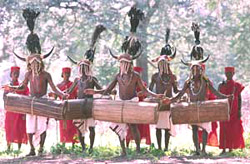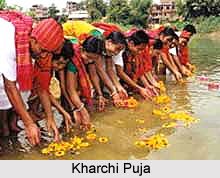Pancha Saradiya Sava is a sacrifice in the form of a festival which is supposed to have held in ancient India. Pancha Saradiya Sava was celebrated in manner as Durga Puja is celebrated in the modern times.
Pancha Saradiya Sava was celebrated successively for five years. The duration of the ceremony was restricted to five days on each occasion. This festival use to begin with the new moon. In the Pancha Saradiya Sava the chief sacrifice consisted of seventeen five-year old dwarf bulls, and the same number of dwarf heifers less than three years.
The former were simply sanctified and then set free and the latter, after various invocations and religious observances, were immolated, three on each day, excepting the last, when five were sacrificed.
This article is a stub. You can enrich by adding more information to it. Send your Write Up to content@indianetzone.com
